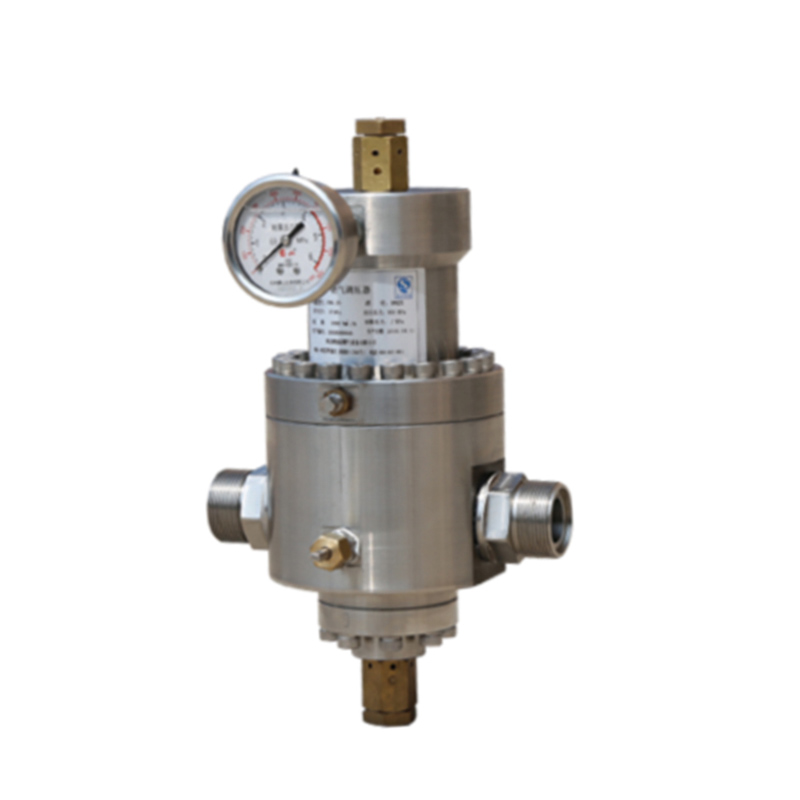
Nov . 08, 2024 11:12
Back to list
Effective Dust Collection Using Cyclone Separator Technology in Industrial Applications
Understanding Cyclone Separators Principles, Applications, and Benefits
A cyclone separator is an essential device used in various industries to separate particles from a gas stream through a centrifugal action. This technology is widely utilized in the field of air pollution control, bulk material handling, and many manufacturing processes. The basic principle behind a cyclone separator is relatively simple yet highly effective. By employing centrifugal force, the separator effectively removes dust and other particulate matter from a gas, thus improving air quality and operational efficiency.
Working Principle
The design of the cyclone separator usually consists of a cylindrical or conical chamber where the gas stream is introduced tangentially. As the gas enters the separator, it is forced to spin rapidly due to the shape of the chamber, creating a centrifugal force. This force causes the heavier particles to be thrown outward to the wall of the separator, where they lose momentum and fall into a collection bin due to gravity. The purified gas then spirals up through the center of the cyclone and exits through an outlet. The separation efficiency depends on several factors, including the particle size, the density of the particles, the speed of the gas, and the design of the cyclone itself.
Applications
Cyclone separators are employed in various sectors, including
1. Industrial Manufacturing Many manufacturing processes create dust and particulate emissions, making cyclone separators crucial for maintaining clean production environments. They are commonly used in wood processing, cement production, and metalworking.
2. Chemical Industry In chemical production, cyclone separators help in recovering valuable materials and ensuring that air emissions are reduced to acceptable levels.
4. HVAC Systems In heating, ventilation, and air conditioning systems, cyclonic separation aids in removing dust and other particulates, ensuring cleaner air circulation within buildings.
cyclone separator

5. Agricultural Equipment Cyclone separators are found in grain handling and processing equipment, effectively removing debris and contaminants from harvested grains.
Benefits of Cyclone Separators
The most apparent advantage of cyclone separators is their efficiency in separating particles from gas streams. However, there are additional benefits that make them a preferred choice for many applications
- Low Maintenance Compared to other filtration systems, cyclone separators have fewer moving parts and require minimal maintenance. This characteristic reduces operational costs and downtime.
- Cost-Effectiveness Cyclone separators are often less expensive to install and operate than traditional baghouse filters and electrostatic precipitators, making them a practical solution for many industrial processes.
- High Throughput These devices can handle large volumes of gas with relatively low pressure drops, making them suitable for high-capacity applications where airflow is crucial.
- Versatility Cyclone separators can be designed in various sizes and configurations to accommodate specific operational requirements, giving them versatility across different industries.
- Environmental Compliance With growing regulations on emissions, cyclone separators help industries meet environmental standards by effectively reducing particulate matter released into the atmosphere.
Conclusion
In summary, cyclone separators are critical components in many industrial processes, providing an effective means of particulate separation and air quality improvement. Their simple yet efficient design, combined with low maintenance requirements and cost-effectiveness, makes them invaluable in various applications. As industries continue to focus on sustainability and compliance with environmental regulations, the importance of cyclone separators will only increase, solidifying their role in modern manufacturing and environmental management practices.
Latest news
-
Safety Valve Spring-Loaded Design Overpressure ProtectionNewsJul.25,2025
-
Precision Voltage Regulator AC5 Accuracy Grade PerformanceNewsJul.25,2025
-
Natural Gas Pressure Regulating Skid Industrial Pipeline ApplicationsNewsJul.25,2025
-
Natural Gas Filter Stainless Steel Mesh Element DesignNewsJul.25,2025
-
Gas Pressure Regulator Valve Direct-Acting Spring-Loaded DesignNewsJul.25,2025
-
Decompression Equipment Multi-Stage Heat Exchange System DesignNewsJul.25,2025

